If you look at Bhoothakaalam, Bramayugam, and Dies Irae, you will immediately notice something different, this is not the usual horror. Rahul Sadasivan brings a new kind of fear into Malayalam cinema, one built on psychology, silence, and emotional depth. In this article, we decode his subtle filmmaking style by analysing Bhoothakaalam, Bramayugam, and Dies Irae in detail.
Hope you might have already notice what he avoids:
- No exorcism drama
- No psychiatrist or priest suddenly entering to “solve” things
- No loud scare tricks
- No “hero saviour” — even Madhusoodhanan in Dies Irae is scared like us.
They are stories of ordinary people trying to escape something that quietly follows them — sometimes from outside, sometimes from inside.
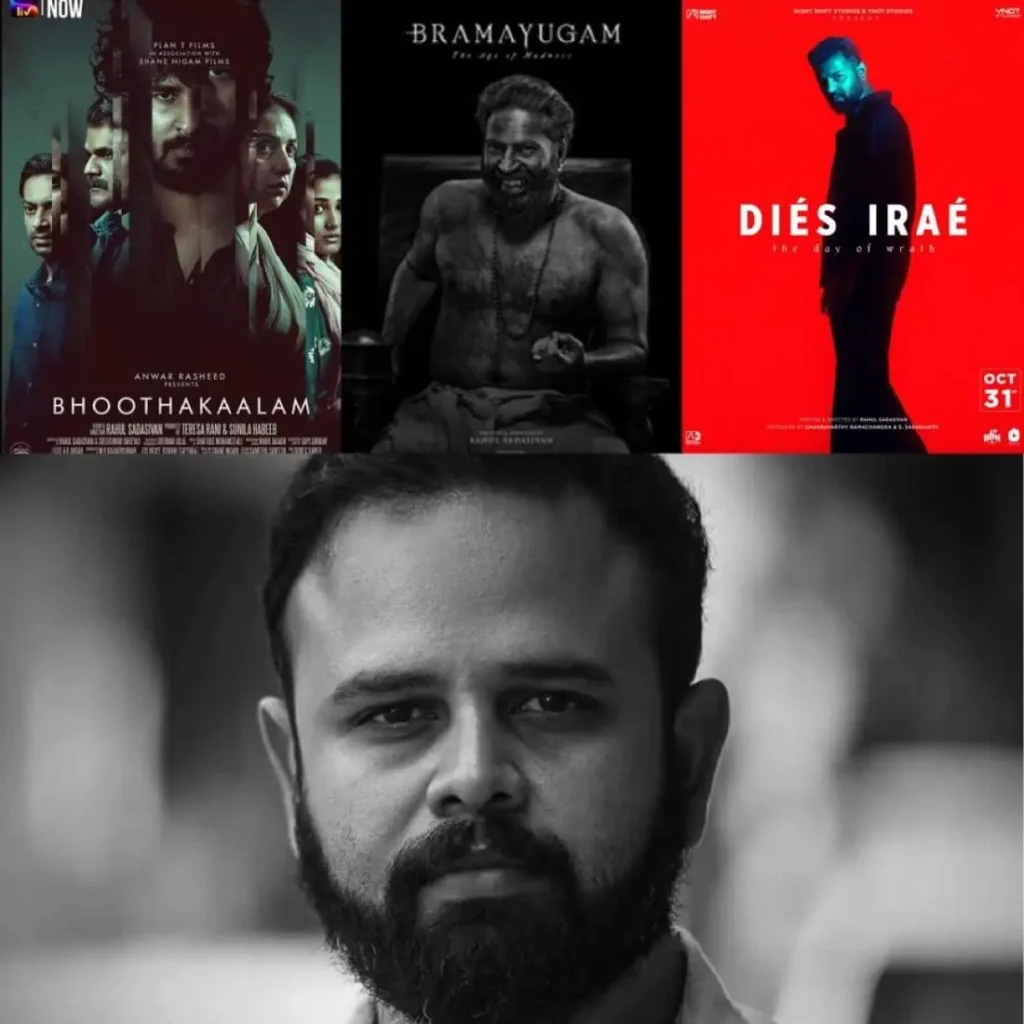
That is Rahul’s trick.
He makes you uncomfortable slowly, using psychology, silence, and things we carry in our hearts but never speak about.
The House Matters More Than the Ghost
In most horror movies, the ghost is the hero.
But in Rahul’s films, the house is the main force.
In Bhoothakaalam, that home feels suffocating, like sadness has settled there over years. And in Bramayugam, the old illam becomes a trap, holding secrets and power games.
In Dies Irae, we have a modern luxury villa that still feels empty and cold.
Rahul uses everyday spaces — kitchen, bathroom, staircase, bedroom — and turns them into areas you suddenly notice more when you go home at night.
For visionary filmmakers, space is not just a backdrop — it becomes part of the emotion. Some directors use rooms, corridors, and silence better than dialogue.
For example, in In the Mood for Love, the narrow corridors and tight apartment hallways make us feel the unspoken tension between the characters. The walls almost hold their secrets.
In Billy Wilder’s The Apartment, the office floor and the lonely apartment show how crowded life can still feel empty. Even in Kubrick’s The Shining, long hotel hallways are enough to create anxiety before anything supernatural appears.
These films prove one thing: space can talk. It can show loneliness, fear, temptation, or pain without a single line of dialogue. Rahul Sadasivan uses this same idea in Malayalam horror.
He does not create a haunted house.
He makes you think about your own house after the film ends. You go home and think, “Why does my house suddenly feel so quiet?”
His horror isn’t about the building; it’s about your relationship with your space.
Bhoothakaalam: The Cramped Apartment
Central Theme: Depression and the fear of mental health
Setting: Middle-class apartment in the midst of a bustling city (not an isolated mansion)
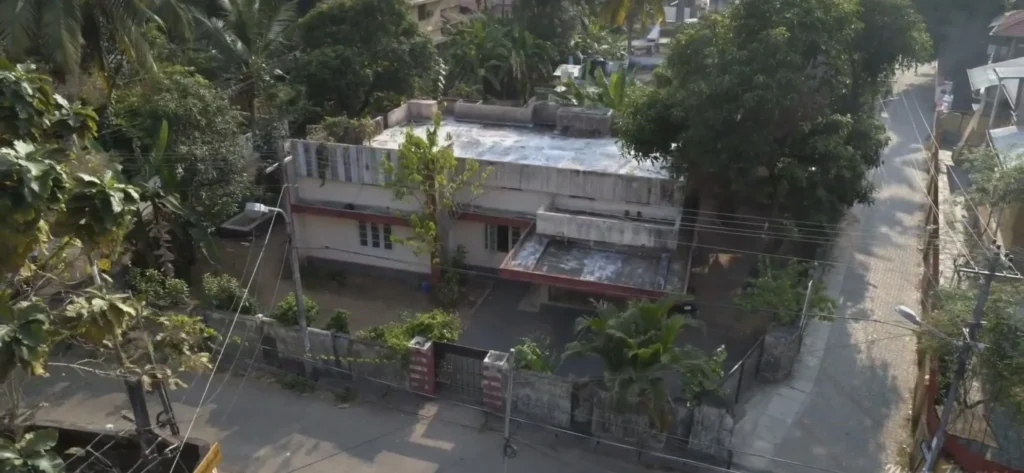
From Rahul Sadasivan’s interview (Times of India):
“I was very particular about the house, once the story and screen was completed. Since it’s a horror movie, and has paranormal elements, the house becomes a character, at one point. Instead of going for a cliché mansion or deserted bungalow, I wanted a house that seemed normal, in a relatable neighbourhood. Our requirement was a single storeyed house with three bedrooms.”
In Bhoothakaalam, the cramped spaces and minimal effects create a terrifying atmosphere. Whatever pain Vinu and Asha already have, the house quietly absorbs it, makes it heavier, and sends it back to them. So instead of getting better, they keep sinking deeper into fear and hopelessness..
Bramayugam: The 17th Century Mana
Central Theme: “Oppression is a cycle, it never stops”
Setting: Dilapidated, labyrinthine 17th-century mansion
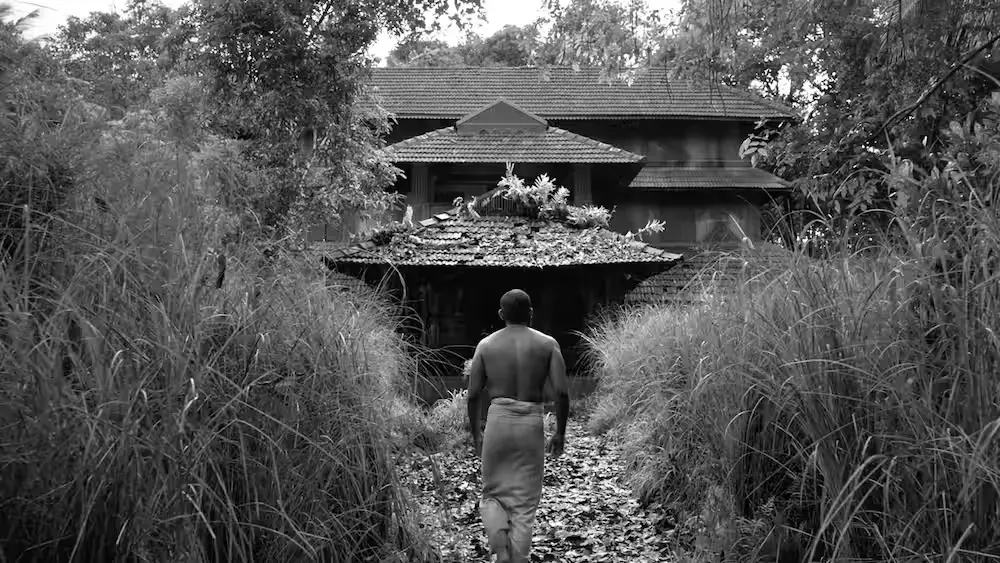
The mana in Bramayugam acts as a physical manifestation of a corrupt power structure. It creates entrapment — the night lasts longer than the day, and the characters seem stuck in an endless time loop.
Dies Irae: The Luxury Villa
Central Theme: “when you have everything outside, the battle begins inside.” The film explores how emotional hunger inside us creates its own demons.
Setting: Villa that “screams luxury in every corner”
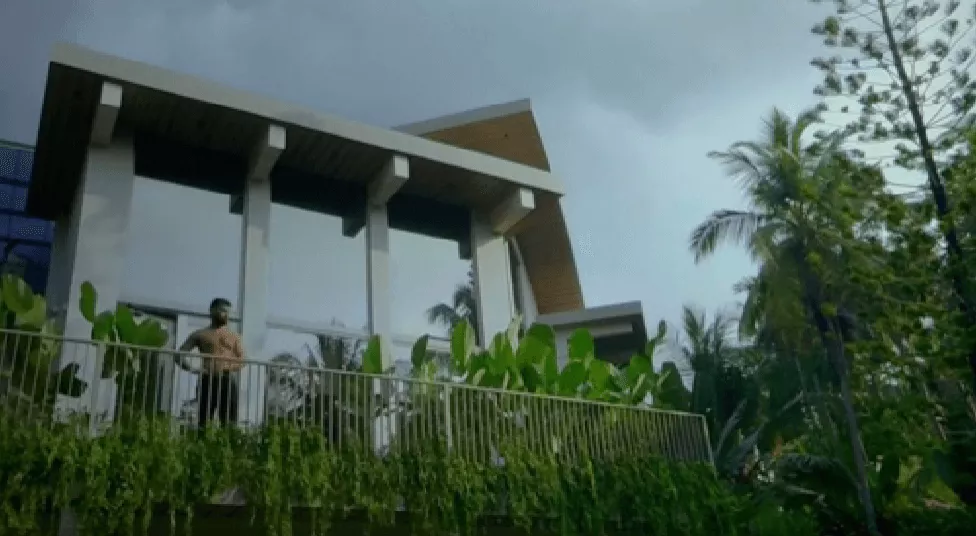
Function: The luxurious villa becomes a gilded cage, amplifying the protagonist’s profound sense of isolation despite (or because of) its opulence.
Also, you can see that there three different homes in Dies Irae
- Rohan’s luxury villa
- Kani’s home: A middle class home
- Eliamma (Jaya Kurup): A tiny old home made of wood and bricks.
In Dies Irae, each home carries its own ghost, no matter how big or small the space is. Rohan lives in a luxury villa, yet that house is the most haunted — not just by a spirit, but by guilt, ego, and his inability to face his own actions.
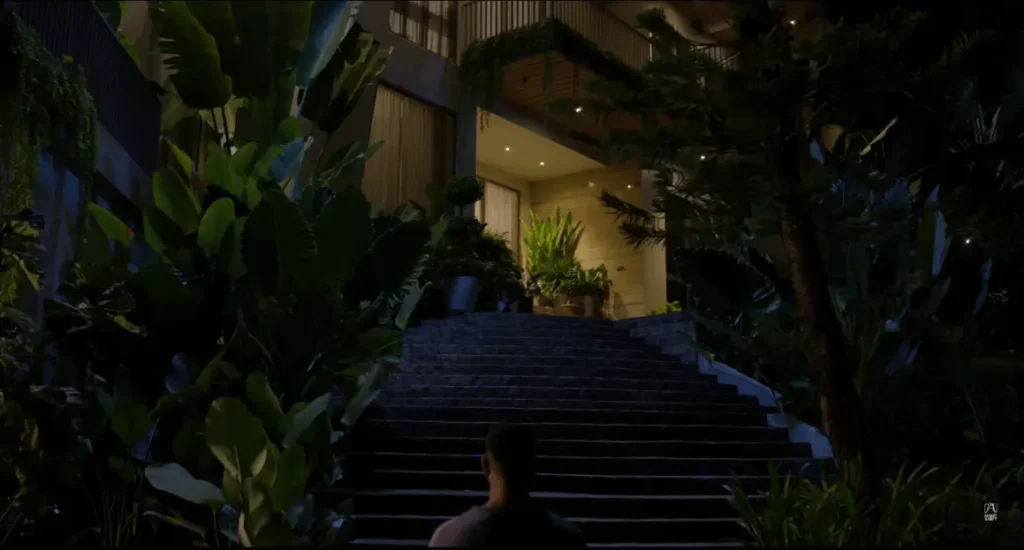
Kani’s middle-class home feels cursed to her family, not because of spirits, but because of grief and the emotional wound.
And then there is Eliamma’s tiny old house, where she feeds a demon. Three different homes, but the same truth: a house becomes haunted when the people inside cannot let pain go. Fear is not about walls or wealth — it follows who we are.
Rahul Sadasivan vs James Wan: Two Different Ways to Create Fear
Rahul Sadasivan doesn’t make “loud” horror.
You won’t see sudden jump scares every few minutes or ghosts screaming into the camera. That style works for some films, but Rahul is not interested in shocking you for one second and moving on.
He wants something else — he wants the fear to sit with you.
Not run at you.
Just sit quietly, like a thought you can’t shake off.
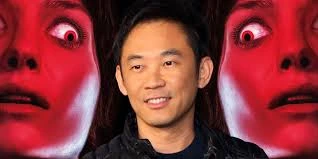
This is very different from the James Wan school of horror. Wan builds fear like a roller-coaster — loud, fast, and engineered for instant reaction (Conjuring, Insidious can be examples). It works, no doubt, but sometimes those scares vanish the moment the lights come on. Rahul does the opposite. He doesn’t chase your heartbeat; he quietly gets into your head.
Rahul treats horror like a natural extension of life.
Problems we don’t talk about, guilt we carry, sadness we ignore — he uses these emotions as real ghosts. And that’s why you feel uneasy. Not because something jumped at you, but because somewhere it feels real.
- When Rohan talks about Kani to Madhu, you may connect with either Kani or Rohan.
- When Asha and Vinu fight, you may think about your mother or your own past.
- And when Potti says, “You can’t have a second chance,” we feel the pain of loss and oppression.
What Rahul Sadasivan’s Horror Really Talks About
On the surface, Rahul’s films look like ghost stories. But if you watch closely, there is always something deeper running underneath. The fear is just a tool — the real subject is what people quietly go through inside their minds.
The Ghost of Depression in Bhoothakaalam
In Bhoothakaalam, the haunting blends with mental health, trauma, and the weight of hopelessness.
The central theme of Bhoothakaalam is depression and the fear surrounding mental health — generational trauma and emotional silence.
The most powerful moment is Vinu’s fear — “the fear of our loved ones not understanding us.”
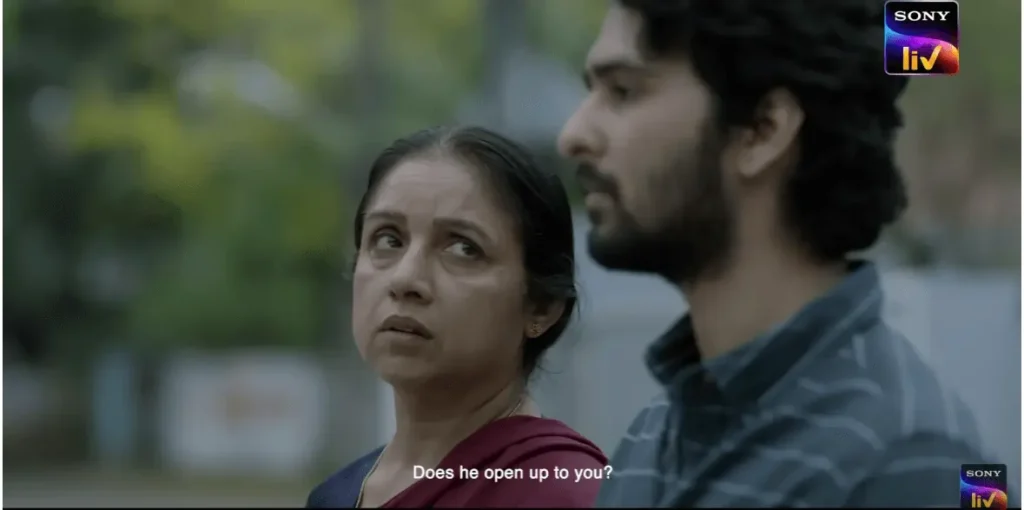
Two-thirds of Bhoothakaalam is drama about a clinically depressed mother and a troubled son’s dysfunctional relationship, and the remaining one-third focuses on haunted-house elements.
You start wondering whether the ghost is real, or if it is grief taking shape.
Power, Isolation, and the Illusion of Equality in Bramayugam
In Bramayugam, the horror isn’t only about black magic or ancient curses. It’s about power — who controls it, who suffers under it, and how fear keeps systems running for generations.
The illusion is not the ghost; it’s the illusion of egalitarianism. Those who wish to keep you beneath them will first make you sit beside them like an equal, creating a false sense of equality. They use that feeling in you to establish themselves as the bigger person, to whom you owe gratitude for being treated “undeservingly” as equals.
No offence to comrades or communists, but this illusion is something we have seen across revolutions in history.
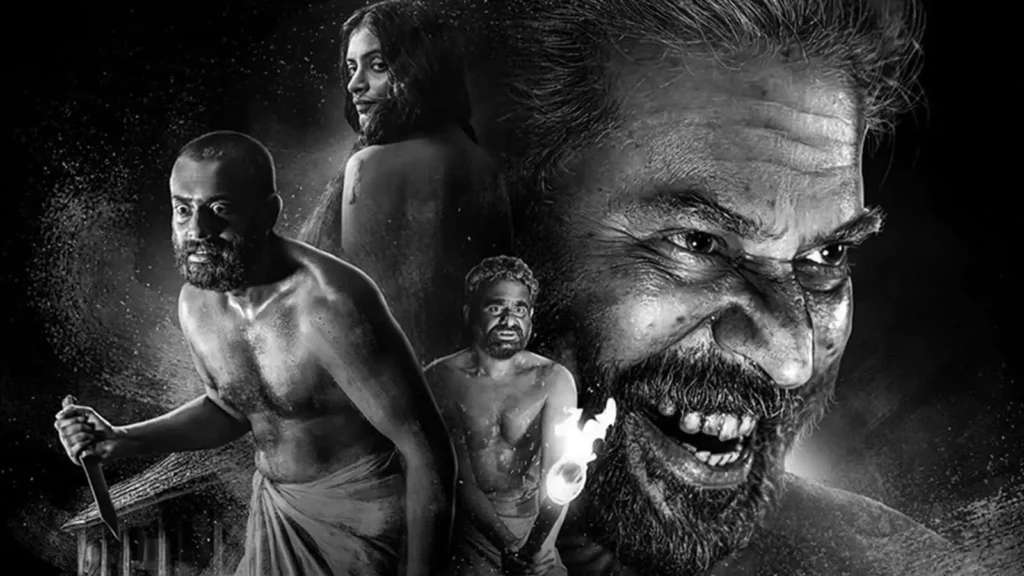
Look at the song Adithyan Illathe — a cry for help, portraying the sorrow of bondage, sung exactly when planning to break free. Everything is connected. The victims are not waiting for an exorcist.
The Ghosts Made by Desire & Wrath, Not Spirits
And in Dies Irae, the supernatural mixes with guilt and emotional hunger in modern life. The film touches upon desire, obsession, and the wrath that follows.
Rahul simply shows people, their fears, and the world they live in. And when the supernatural enters that space, it doesn’t feel separate. It feels like it was always there, hiding behind the curtain of everyday life. That’s why his stories stay in your head — they talk about ghosts outside and the ghosts inside.
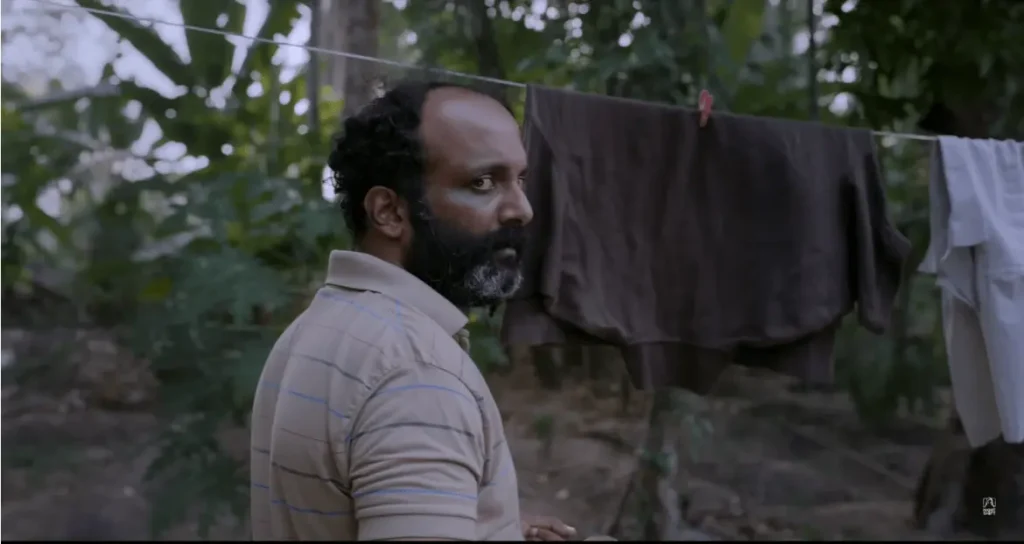
Also, in Dies Irae, I love the way Madhusoodhanan realises his abilities. It reminded me of Nolan’s Batman moments — Madhu discovering the strength he had long ignored, and rising in the second half to confront the evil.
A Team That Understands Rahul’s Vision
Rahul’s films look and sound the way they do not just because of him, but because he works with a team that understands his rhythm.
Cinematography: Shehnad Jalal
Rahul’s visual language works because of cinematographer Shehnad Jalal (alumnus of Satyajit Ray Film and Television Institute).
Shehnad and Rahul plan deeply before they shoot.
They storyboard, visit locations together, and decide how silence, darkness, and stillness should look. Rahul’s VFX and animation background helps him visualise shots in advance — nothing is accidental.
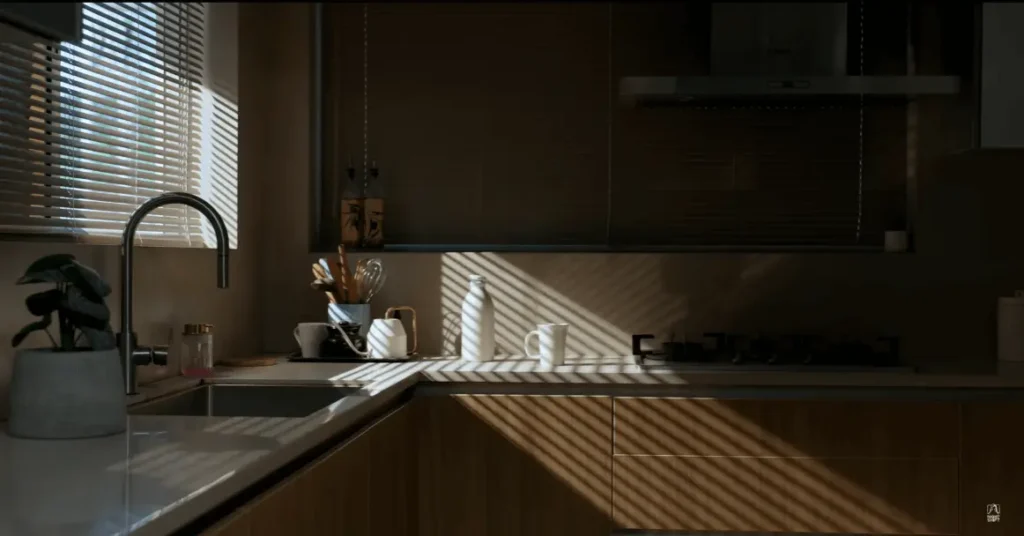
That’s why in Bhoothakaalam, close-ups feel like someone breathing down your neck. In Bramayugam, the monochrome world looks like a folklore nightmare — like the pages of an ancient palm-leaf manuscript moving on screen. The mansion doesn’t feel like a set; it feels like a memory.
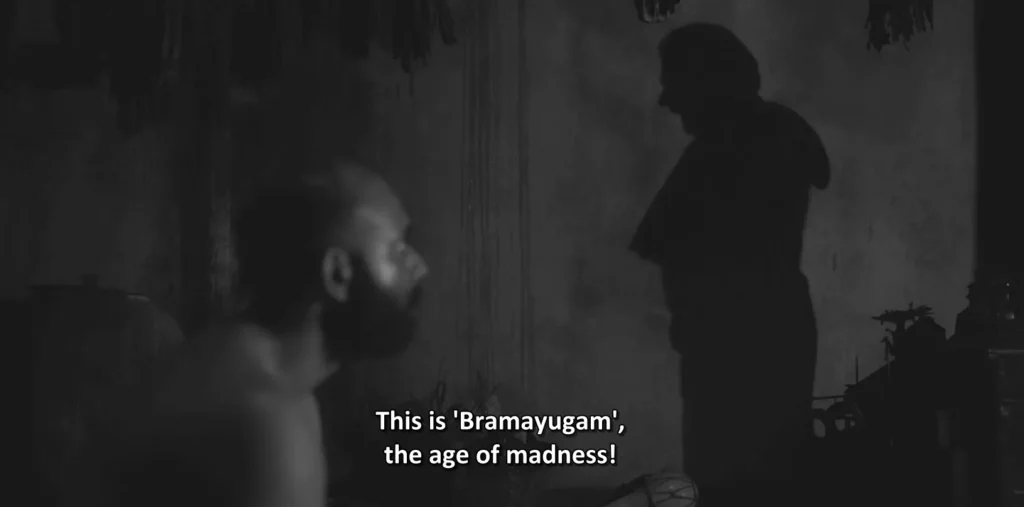
And small choices — like the low-angle shot of Mammootty’s shadow towering over another man — show how visual ideas come from trust and collaboration, not chance.
Sound & Silence: Christo Xavier and Team
Horror dies if sound is lazy. Rahul knows that. So does composer Christo Xavier, along with sound designers Jayadevan Chakkadath, M.R. Rajakrishnan, and Raja Krishnan.
I love the way they use Silence.
Silence is not empty — it has weight.
Instead of constant scary music, sound arrives slowly. Sometimes all you hear is a hair clip snapping, a ghungroo, footsteps in another room. These sounds feel ordinary — and that’s why they make your stomach tighten.
That’s why scenes like the “passage of time” sequence in Dies Irae or a casual conversation turning chilling work so deeply — the sound pulls the floor from under you without warning.
Editing: Shafique Mohamed Ali
Finally, Rahul’s films hold tension because of editor Shafique Mohamed Ali. He doesn’t cut for speed — he cuts for mood.
Sometimes a scene stays longer than you expect.
Sometimes it ends just before you feel safe again.
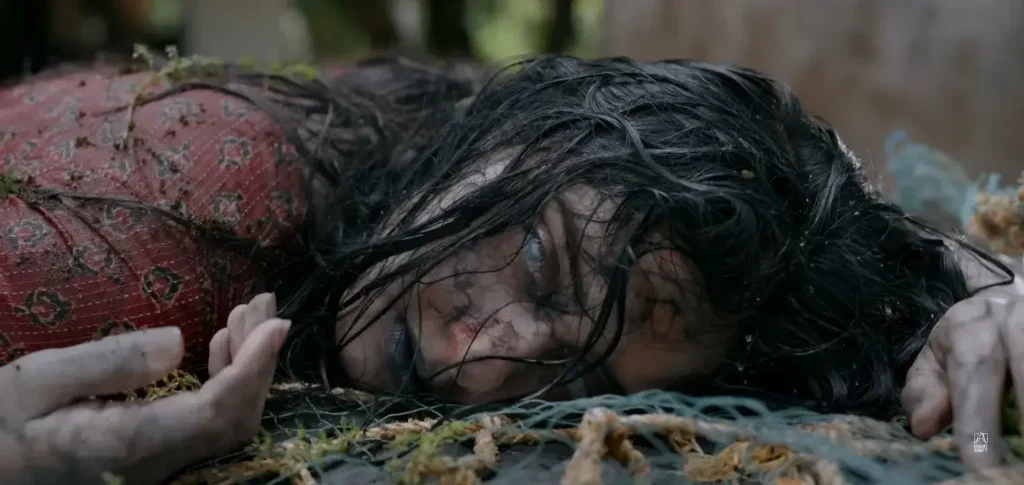
Editing in horror is timing, and Shafique knows when to let silence stretch and when to snap it. That’s why Rahul’s films never feel rushed or broken — each moment lands.
A Horror Film That Follows You Home
Rahul Sadasivan isn’t trying to entertain you for two hours and send you home relaxed. His films don’t end when the credits roll. They quietly come with you.
You think about the house, the silence, the feeling that something was always there in the corner. Once you switch off your bedroom light, and suddenly the room feels a bit too still. You hear a sound from the kitchen, and for a second, you pause.
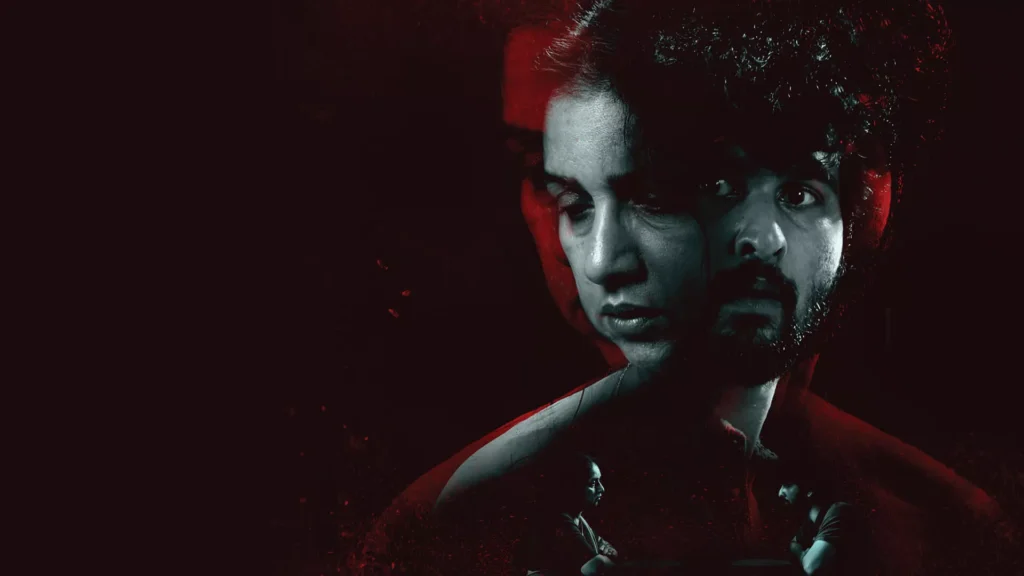
Not because you saw a ghost in the film — but because the film reminded you that fear doesn’t always scream. Sometimes it just waits.
That’s Rahul’s style:
Not horror that tries to scare you.
Horror that reminds you you are already scared — only you don’t talk about it.
Share your thoughts as comments.